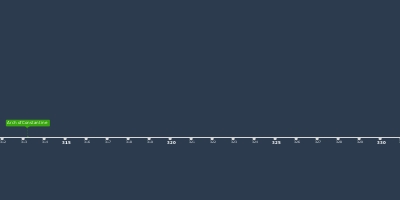feb 4, 556 - Mosaics - St. Catherine's Monastery
Description:
Apse mosaic of the TransfigurationOn one occasion, Christ took John, Peter, and James up a mountain, and there He prayed. While they were with Him, He was transfigured and glowed with an unearthly bright light. With Him, Elijah and Moses appeared. A Voice from above declares, "This is My Son. Listen to Him." In the mosaic, Christ is surrounded by a mandorla. Peter's position sleeping at Christ's feet serves a dual purpose: his sleepiness and beard liken him to the monks themselves, who could be wearied by vigils, and his position below Christ's feet emphasizes that he is the rock, the foundation of the Church.
Triumphal arch: Deesis with John the Baptist, Mary, and two angels
A deesis, or "prayer," is formed by the grouping of John the Baptist, Christ, and the Blessed Virgin Mary. This grouping of Christ with His Mother and his relative John represents His human nature. In this example, Christ is represented in the Transfiguration in the conch of the apse, but also as the Lamb of God on the triumphal arch above the apse. In 692 the 82 Canon of the Quinisext Council decreed that Christ should be represented in human form, not as a Lamb, to recall His Incarnation and Passion.
Triumphal arch: Moses Before the Burning Bush and Moses Receiving the Law
The bearded Moses is reminiscent of the bearded monks themselves. Furthermore, the Rubus Sanctus appearance of the Burning Bush, like the bush preserved in the monastery, and the pinkish mountain ridges shown in the mosaics stress the local setting. The locally atmospheric effects of the church are unique and evocative.
Added to timeline:
Date:
feb 4, 556
Now
~ 1470 years ago
